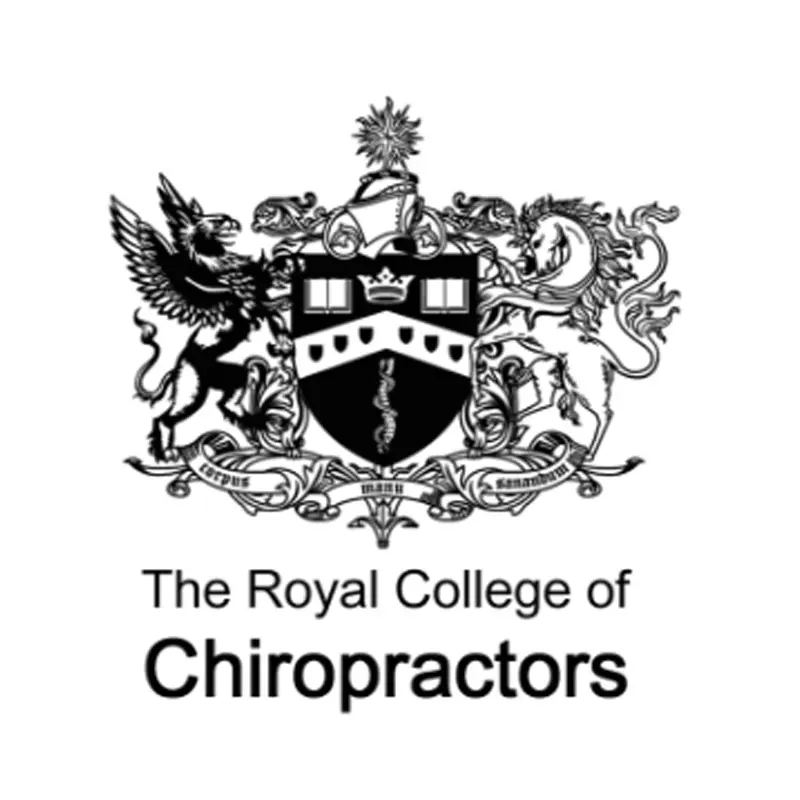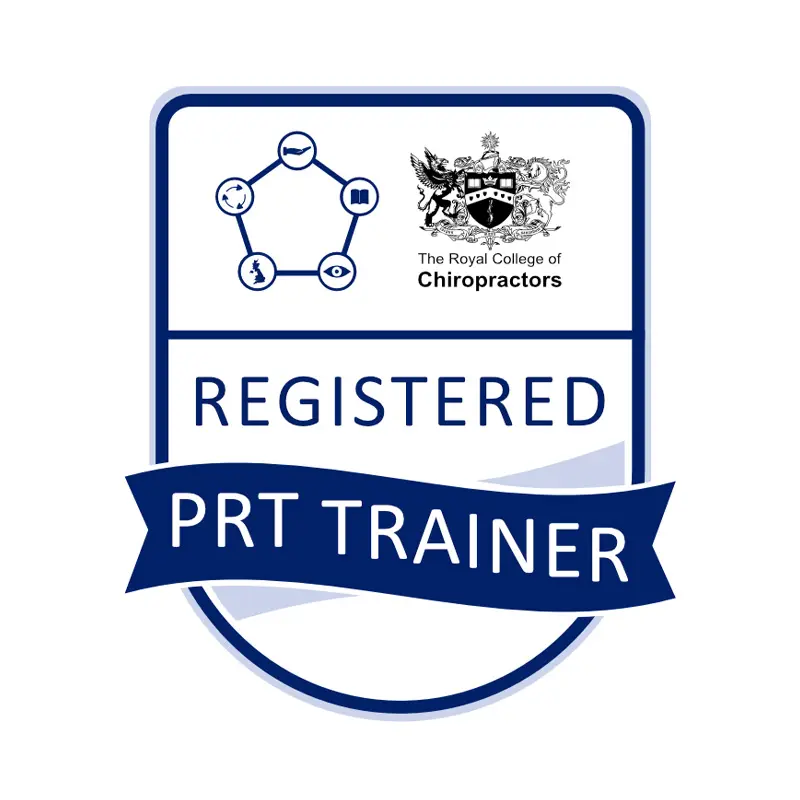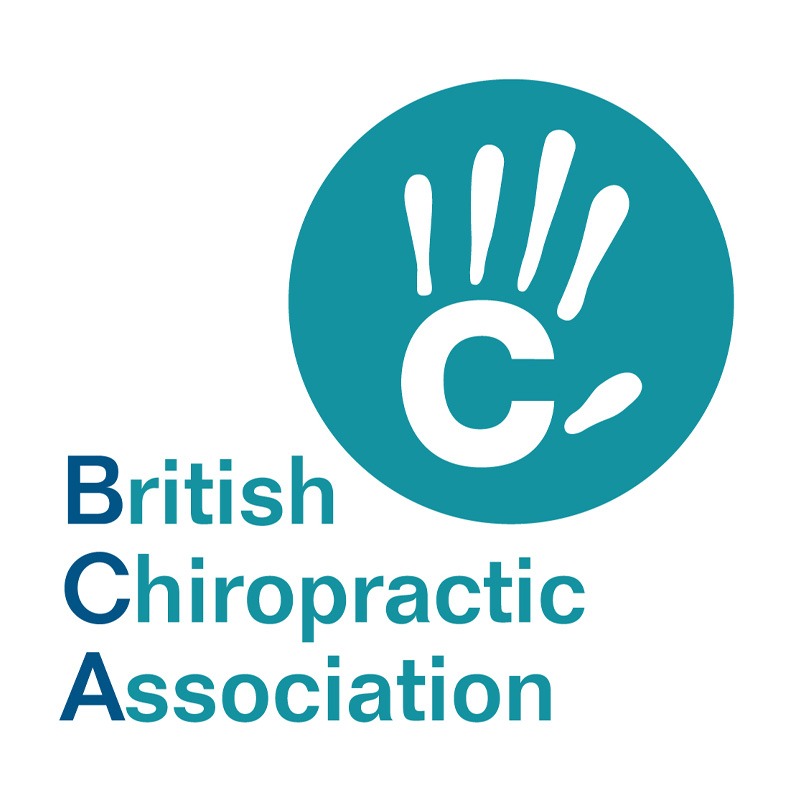Chiropractors use a range of techniques to help reduce pain and inflammation, restoring and enhancing joint functions.
After a thorough examination, a chiropractic treatment plan will be drawn up to suit your specific needs. The treatment plan may include both forceful and gentler spinal adjustment techniques. Use of these treatment techniques can take place during the same visit, or over a longer course of treatment, for example, six to ten visits.
There are more than 100 recognised chiropractic adjustment techniques in use globally. Most chiropractors will focus on around eight to 10 different techniques within their practice.
The original chiropractic adjustment approach is referred to as spinal manipulation. It may also be called the diversified technique or high-velocity, low-amplitude (HVLA) thrust.
Patients may also be treated using spinal mobilisation, which is a low force, gentle chiropractic technique.
Read on below for a more detailed explanation of these common techniques:
Spinal manipulation (high-velocity low-amplitude thrust)
What is it? Spinal manipulation is among the oldest chiropractic techniques and one of the most frequently used. The patient’s body is positioned in specific way to optimise the adjustment of the spine. The chiropractor will then apply the traditional high-velocity low-amplitude (HVLA) thrust, one joint at a time. The goal here is to restore normal range of motion in the joint.
What is it helpful for?
Spinal manipulation can be helpful for several conditions including low back, mid back and neck pain. It can also be helpful for migraine, cervicogenic (neck-related) headaches and whiplash injuries.
What will I experience?
Your body will be placed in a specific way to optimise adjustment of the spine. During this manipulation, chiropractors use their hands to apply a controlled sudden force to a joint and this often results in an audible ‘pop.’ This is caused by a release of gas when the joint is pushed a short distance past its passive range of motion. This is similar to the sound you hear when you crack your knuckles.
Spinal mobilisation (low-force or gentle chiropractic techniques)
What is it? With some conditions such as osteoporosis, inflammatory arthritis or acute pain conditions, a gentler approach may be required.
A chiropractor will also take into account a patient’s size or a preference for gentler chiropractic techniques.
What will I experience? Your chiropractor will use gentle manual adjustments and stretches. Spinal mobilisation techniques do not involve twisting of the body or a forceful thrust. Some patients and/or chiropractors prefer to use these techniques during treatment programmes.
Additional therapies
As part of an overall treatment plan many chiropractors will include other therapies within a patient’s overall treatment plan, as well as the above techniques.
- These can include:
- Use of ice
- Use of heat
- Electric stimulation
- Ultrasound




